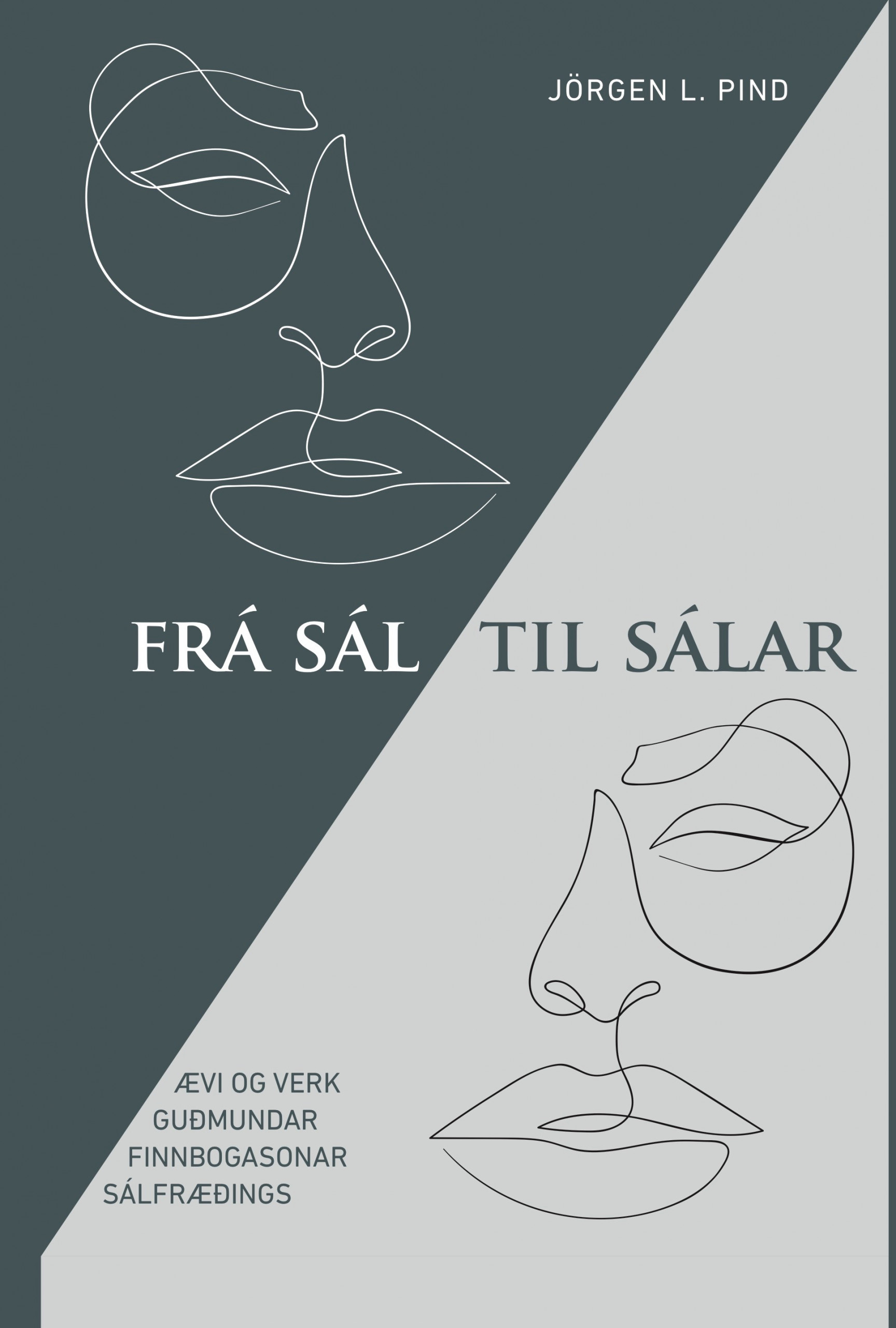Sympathetic understanding
| Gerð | Útgáfuár | Síður | Verð | Magn | |
|---|---|---|---|---|---|
| Kilja | 2019 | 190 | 5.190 kr. |
| Gerð | Útgáfuár | Síður | Verð | Magn | |
|---|---|---|---|---|---|
| Kilja | 2019 | 190 | 5.190 kr. |
Um bókina
Guðmundur Finnbogason (1873–1944) was one of the first scientists to explain our inborn capacity to understand each other’s feelings. His doctoral thesis Sympathetic Understanding was originally published in Denmark 1911, and subsequently in France 1913, where it caught the attention of and inspired the famous child psychologist Jean Piaget.
The biological basis for sympathetic understanding was not known in the beginning of the 20th century and the research is still in its infancy today, but Finnbogason used analytical psychology to track the lines of communication from one soul to another. He said: “When we observe carefully the form of objects or their movements or listen attentively to a sound, then a tendency is aroused within us to imitate what we see and hear.”
Finnbogason was the first Icelander to receive a doctoral degree in psychology. He sought his explicit examples to substantiate his thesis in self-observation, literature, art, ethics, and psychology, and by interviewing contemporaries. He felt indebted, in particular, to his professors, Henri Bergson at Collège de France, to whom he dedicated his French publication, and Harald Høffding at the University of Copenhagen, and to the writings of William James.
This book is an English translation of the original text, con- sidered a classic in the history of Nordic psychology.
The translation of Guðmundur Finnbogason’s text published here is preceded by an introduction of the life and work of the author by Jorgen L Pind, Ph.D and commentaries by two internationally renowned neuroscientists, Pier Francesco Ferrari Ph.D and Nobel Prize Laureate Eric Kandel M.D. on the relevance of Finnbogason’s theories to recent research findings on the brain.
Translator: Laufey Vilhjálmsdóttir Bustany
















